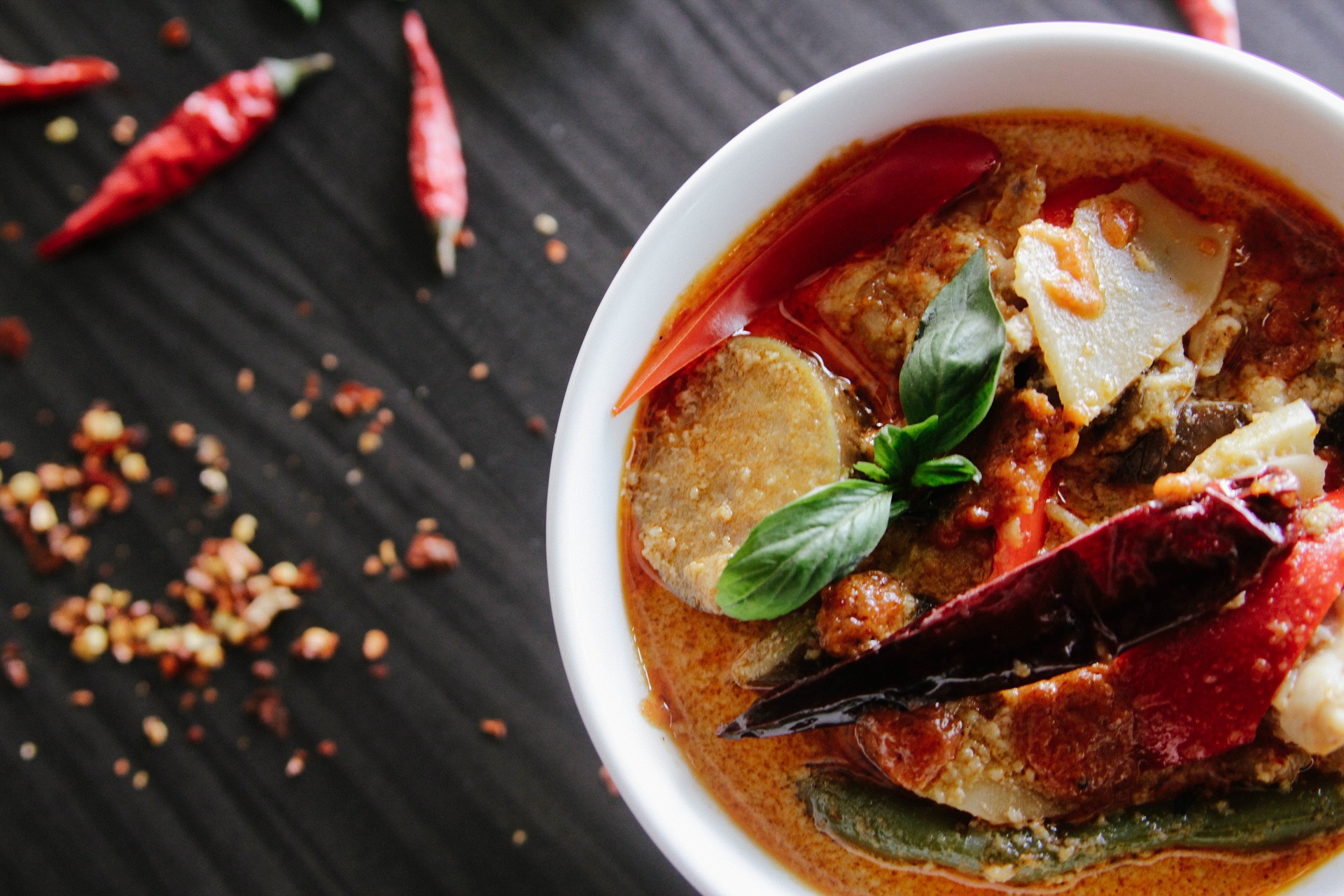Media release
From:
As the weather gets cold, and we may be cooking up a storm in lockdown, the Food Safety Information Council is warning people to be food safe when preparing, refrigerating, freezing and transporting hot food.
Cathy Moir, Council Chair, said that this is a great time of year to bulk cook ‘winter warmers’ such as soups, casseroles and stews, or even large amounts of rice and pasta, but if we don’t handle them properly then they can be a food safety risk.
‘Cooking in bulk is cost effective, saves time and reduces food waste. However, we need to be extra careful handling these large amounts of food because, if they are left to cool slowly, bacteria can grow and produce dangerous toxins that won’t be destroyed by further cooking so make sure you follow these simple food safety tips:
- Cooking safely. Make sure your bulk cooked food reaches a temperature of 75°C in the centre using a cooking thermometer. If you use a slow cooker always follow the instructions and make sure it keeps the food at a safe holding temperature of 60°C or above until you are ready to eat it.
- Storing your left overs safely. If you have cooked a large batch of food divide the food into small portions, about the size of a takeaway container, so they cool quickly. Either freeze them, if you want to keep them longer, or refrigerate at or under 5°C as soon as they have stopped steaming. Use them within 2 to 3 days (or one day if you are in a high-risk group such as being pregnant, elderly or having a poor immune system). Don’t forget to write the date on the container.
- Taking lunches to work (once you’re back). If your lunch has been refrigerated or frozen, whether it is a leftover or commercial product, transport it quickly and put it in the fridge when you get to work. If your refrigerated or frozen lunch needs reheating it must be at least steaming hot to be safe. Use the automatic reheat function in the microwave if possible and follow any prompts or instructions to stir the food or let it stand for a time after reheating.
- Vacuum flasks. If you want to use a vacuum flask to transport hot food choose a good quality one and follow the manufacturer’s instructions. If you are using a flask for a young school child make sure they can open it easily. Before you add hot food fill the flask with boiling water for a few minutes so it warms up inside and then empty it out. Warm up your food to at least 75°C and put it in the flask just before you or your child leaves home. Make sure the food is in a form such as a soup, casserole or stew so that there are no air spaces as that will retain the heat better; avoid food like chicken nuggets that will have air spaces in between as they will not keep as warm. Clean the vacuum flask thoroughly after use taking particular care around the screw lid which can trap food particles.
‘There is more information about bulk cooking on our website at https://foodsafety.asn.au/topic/winter-warmers-food-poisoning-risk-of-bulk-cooking-soups-casseroles-and-stews/ ,’ Ms Moir concluded.
Media contact:
Lydia Buchtmann, Food Safety Information Council, 0407 626 688 or info@foodsafety.asn.au



 Australia
Australia



